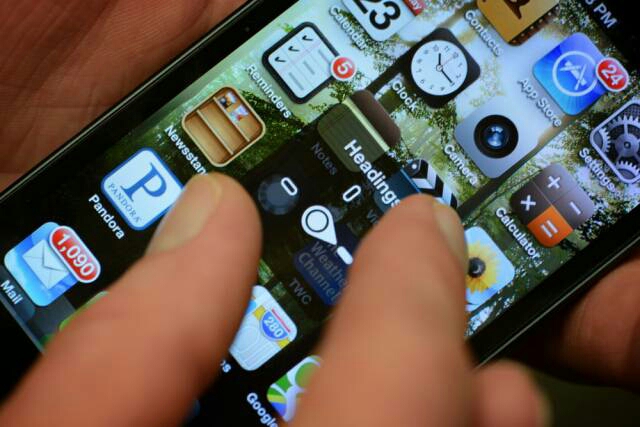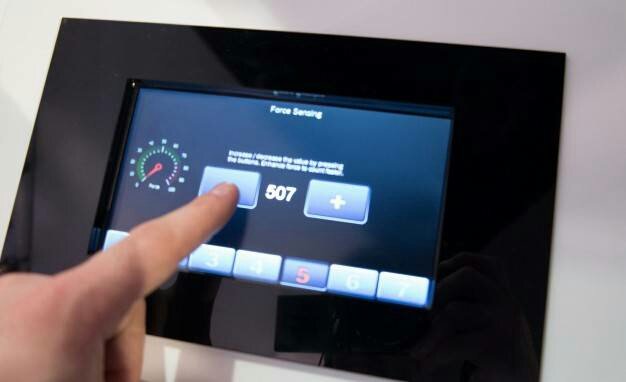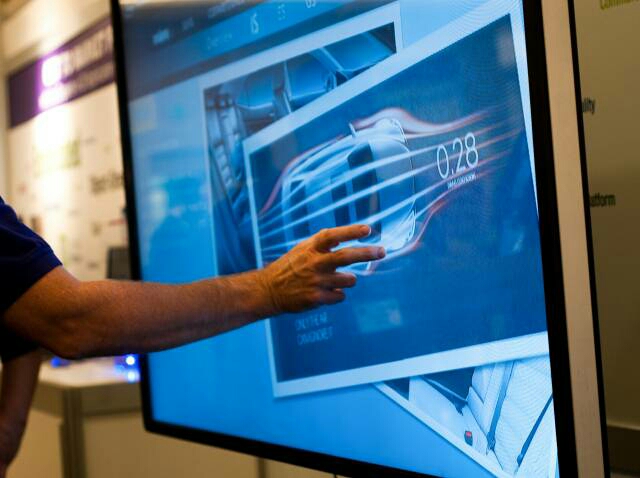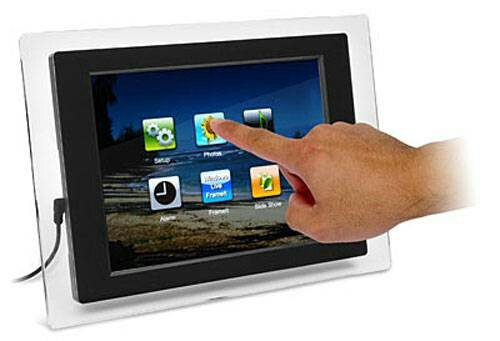Know how touch screen monitors know where you touch?

Touch screen monitors have become more and more general because their price has been dropped continuously over the last decade. There are three basic systems that are used to identify the touch of a person:
Resistive
Capacitive
Surface acoustic wave
The resistive system has a normal glass panel that is covered with a conductive and resistant metal layer. These two layers are separated by spacer and a scratch-resistant layer is located at the top of the entire setup. An electric current moves through two layers, while the monitor is operative. When a user touches the screen, two layers are contacted in that exact location.

Changes in electric field are noted and coordinates of point of contact are counted by computer. Once the coordinates are known, a special driver turns the touch into something that the operating system can understand. Many computer mouse drivers translate movements of a mouse into one click or a drag.
In the capacitive system, a glass layer is stored on the glass panel of the monitor. When a user touches the monitor with their finger, some charge is transferred to the user. That is why the charges on the capacitive layer are reduced. This reduction is measured in the circuits located in each corner of the monitor. The computer calculates the charge in each corner with relative differences, where the touch event occurred and then the touch-screen driver relieves this information for the software.

One advantage is that the resistive system of the capacitive system is over, it circulates about 90 percent of the light from the monitor, while the resistance system only expands to 75 percent. It gives a very clear picture of the capacitive system compared to the resistive system. On the monitor of the Surface Acoustic Wave system, two transducers (one receiving and sending one) are placed on the X and Y axes of the glass plate of the monitor.
Reflectors placed on glass also show electrical signal sent from one transducer to the other. Receiving transducer is able to tell whether at any time the wave has been disturbed by a touch and whether it can be locked.
There is no metal layer on the screen in the wave setup, allowing 100 percent light and complete clear image. This surface makes the acoustic wave system best for displaying detailed graphics. Another area in which there is a difference in the systems, in which the stimuli will be registered as a touch event.

A resistive system makes a touch hole, as long as the two layers approach. Which means that if you touch it with your finger or rubber ball it does not make any difference. On the other hand a capacitive system should have a conductive input to touch, usually your finger.
Surface acoustic wave system works very much like a system resistant, making contact with almost any object. As far as price is concerned, the resistive system is the cheapest. Its clarity is the lowest of all and its layers can be damaged by sharp objects. Surface acoustical wave setup is usually the most expensive.
Its educative
Yes